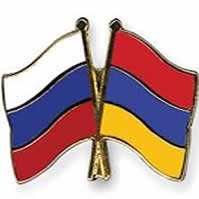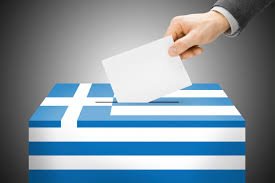(St. Petersburg Times) The ruble price of the dollar rose by more than 20 percent on Dec. 15-16, 2014, and now that the currency markets have calmed down a bit, the dollar costs about twice as much as it did one year ago. However, this relative calm has come at a very high price.
The devaluation of the ruble has already led to a sharp rise in the cost of imports and an immediate drop in living standards. Also, the Central Bank's decision to raise the key interest rate guarantees that, unless a miracle occurs on the world oil market, Russia will experience a serious decline in industry and all other sectors of the economy, and measures aimed at preventing a run on the banks will only cause new losses for the banking sector.
Anyone thinking that the worst is over is sadly mistaken: The crisis is essentially just beginning and the credibility of the authorities — at least in terms of economic matters — is already very low. How does the current crisis differ from others? This crisis was entirely predictable, and in recent years economics commentators have described both its short- and long-term elements. The fact that very few people managed to predict the exact timing of the most serious phase of the crisis does not change the fact that any good prediction correctly describes not only the consequences of the crisis — currency devaluation, higher prices, declines in manufacturing and living standards — but also the mechanism by which they occur. […]
See the full article © St. Petersburg Times











